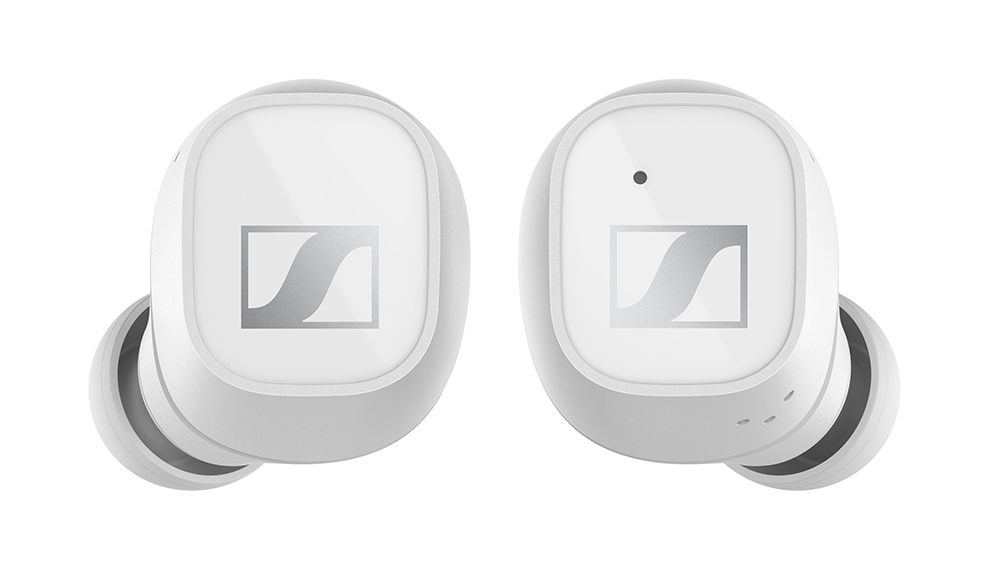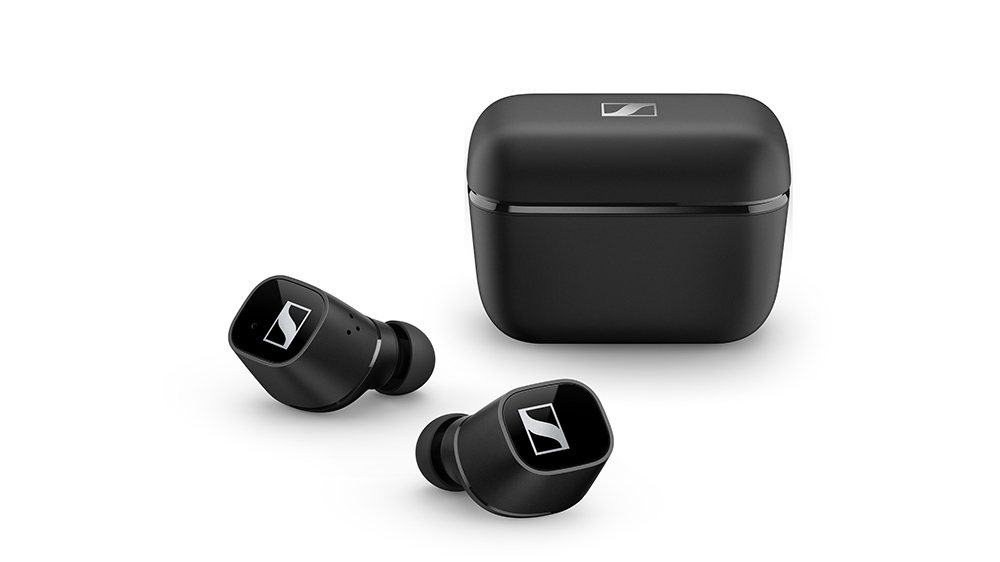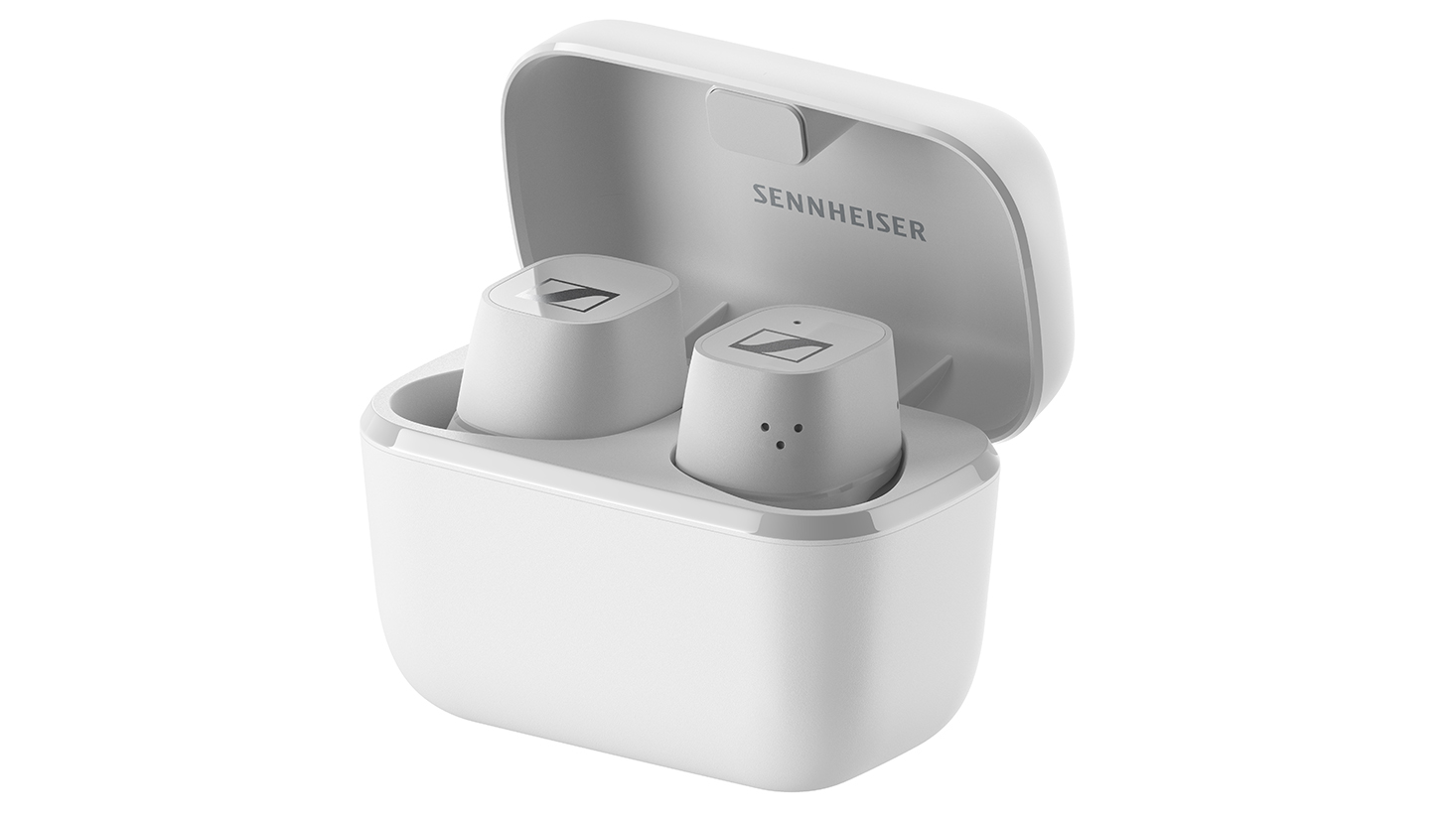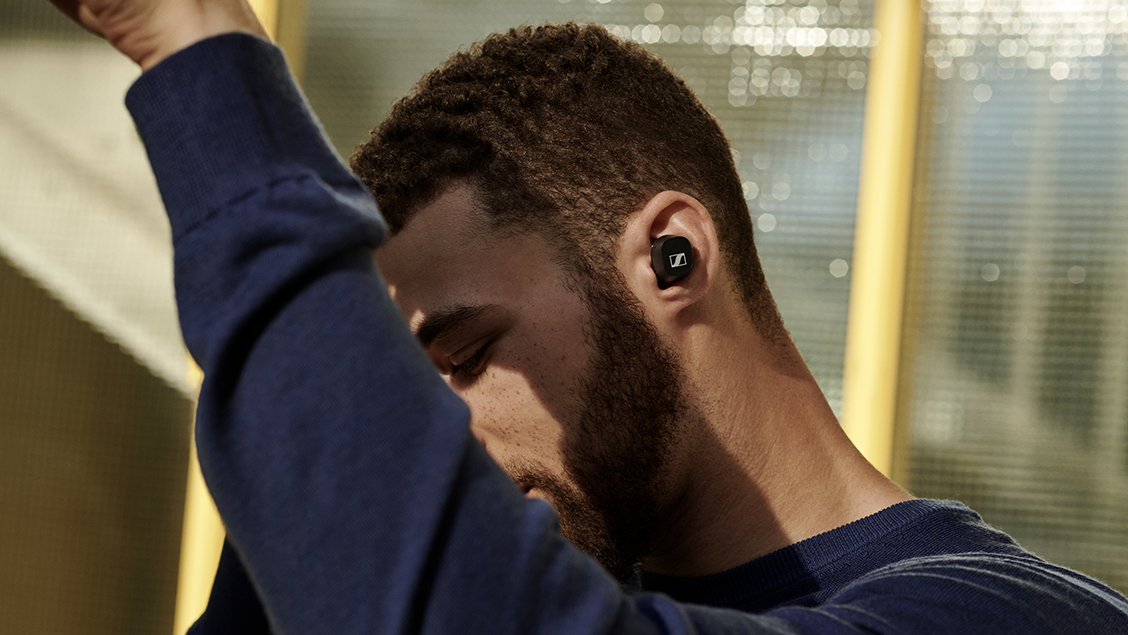Sennheiser CX400BT review: True wireless earbuds that are something of a wolf in sheep’s clothing
Sennheiser finally tries its hand at some ‘affordable’ true wireless earbuds


As long as you don’t find their treble response puts your teeth on edge too badly, there’s really no reason not to give them thorough consideration.
-
+
Wide-open, lavishly detailed and informative sound
-
+
Fine touch- and app-control
-
+
More comfortable than they look
- +
-
-
Don’t really look or feel the money’s-worth
-
-
Periodically spiky treble
-
-
Humdrum battery life
- -
Why you can trust T3

The Sennhesier CX400BT review in a sentence: Sennheiser gets the Apple AirPods firmly in its sights while still doing things entirely its own way.
Sennheiser’s never in any danger of winning ‘the most stylish…’ award for any of its headphones, but where performance is concerned the CX400BT have almost everything you could realistically hope for.
Sennheiser CX400BT: price and battery life

The Sennhesier CX400BT are on sale from September 15th, priced at £169. As is common these days, that price doesn’t translate exactly to other territories - in the U.S. for example, the CX400BT will set you back $199, while in Australia they’ll be more like AU$299. Expect to pay €199 in the Euro-zone.
Both the earbuds themselves (at 6g each) and the charging case (37g) are reasonably weighty. At 59 x 34 x 42mm, the case is pretty sizable too, while the earbuds themselves protrude clear of the wearer’s ears in the long-established Sennheiser manner. So with these generous proportions in mind, it’s just a little disappointing to discover there’s an all-in battery life of 20 hours here (7 hours in the buds and another 13 held in the case), with an hour’s listening available from a 10-minute charge. Any number of rival designs can do better.
Sennheiser CX400BT: build quality and design

By Sennhesier’s prevailing standards, the CX400BT are a staunchly affordable option. And consequently both the headphones and the charging case aren’t ‘designed’ so much as they’re ‘constructed’.
Because this is Sennheiser, though, the CX400BT are flawlessly constructed - and though the plastics that constitute most of the earbuds and the case feel (and look) quite hard and shiny, there’s nothing here that doesn’t suggest both ‘quality’ and ‘longevity’.
And despite the earbuds’ unpromising dimensions, once you’ve selected the correctly sized eartip (the CX400BT are supplied with ‘XS’, ‘S’, ‘M’ and ‘L’ options), their twist-to-fit action means they fit securely, stay comfortable for hours at a time and offer a degree of physical noise reduction quite beyond what the more ‘open fit’ Apple AirPods can achieve. Which is just as well, because the CX400BT don’t feature the active noise-cancellation technology of their more expensive Momentum True Wireless 2 siblings.
Get all the latest news, reviews, deals and buying guides on gorgeous tech, home and active products from the T3 experts
The CX400BT are pretty similar to Sennheiser’s pricer Momentums where the user interface is concerned, though - which is a straightforwardly good thing. There are pretty large touch-sensitive surfaces on each earbuds, with which the wearer can handle ‘play/pause’, ‘previous/next track’, ‘volume up/down’, ‘answer/end/reject call’ and ‘summon voice assistant’. Voice assistance can be provided by either Siri or Google Assistant, and thanks to the mic deployed in each earbud your chosen assistant will have no trouble understanding you. Call quality is correspondingly decent, too.
In its ‘Smart Control’ app, Sennheiser has one of the more useful, clean and stable examples of what can, in less capable hands, be a vexatious feature. Here’s where you find a good amount of EQ adjustment (and a nice graphic representation, too) and some customisation of the touch-control functions too.
Wireless connectivity is via Bluetooth 5.1, and there’s support for SBC, AAC and aptX codecs. The absence of aptX HD is a pity, but aptX is sufficient to get Tidal Masters hi-res files (for example) on board - and given that Momentum True Wireless 2 go without aptX HD too, it was never likely to show up on this more affordable alternative.
Sennheiser CX400BT: sound quality

Despite the differences in looks, materials and (particularly) price, the CX400BT use the same 7mm dynamic driver that features in the Momentum True Wireless 2. This bodes well for sound quality - and it’s safe to say that nowhere do the CX400BT get closer to their pricier relatives than where sound quality is concerned.
As you might expect, the CX400BT sound their best when using their aptX capability to get nice, big, information-rich high-resolution audio files on board. As far as soundstaging and detail retrieval goes, they have nothing to learn from any similarly priced rivals (or quite a few more expensive options, either). They generate an extremely wide, well defined stage, and are as alert to the finest details as they are the broadest strokes of a recording. They unify the individual elements of a recording together really well, giving a convincing sense of coherence to even the most complex pieces.
And, perhaps more pertinently, the CX400BT don’t throw the towel in when confronted by more mainstream content. In fact, they retain the majority of their admirable hi-res audio traits when delivering some bog-standard content from Spotify’s free tier.
The low-frequency heft and momentum is still in evidence, and there’s enough detail about bass texture to make the bottom end fully informative rather than just a monotonous low-end drone. The midrange, too, involves more than enough insight to give a singer real character - and if there’s emotion in a singer’s delivery to be revealed, the Sennhesiers will reveal it.
It’s quite often the finest details that help fully complete the sonic picture, and the Sennheiser lets no detail go astray. Combined with well-controlled low frequency presence, ample dynamic headroom, and impressive sense of timing and integration, the CX400BT are among the most capable all-rounders this sort of money can buy. They’re genre-agnostic, they’re fluent and articulate, and they attack a recording purposefully without ever threatening to get carried away.
In fact, about the only area where the praise they deserve is qualified concerns the highest frequencies. Unlike their Momentum True Wireless 2 counterparts, the CX400BT are positive to the point of overconfidence where treble sounds are concerned. Of course, the top of the frequency range always requires some well-judged bite and shine, but the Sennheisers can threaten to get rather hard and rattly where the top end is concerned. Of course, the control app allows you to make EQ adjustments to dial up (or down) the level of high-end drive that’s delivered, but backing it off too much can take a little of the midrange positivity away at the same time.
In context, though, this is a pretty minor shortcoming. Stacked against all the things the CX400BT get right, it shouldn’t be too tricky to overlook. Unless you’re all about that treble, ‘bout that treble (as the song doesn’t quite go), of course.
Sennheiser CX400BT: verdict

Just because Sennheiser deems a product ‘affordable’, that doesn’t automatically make it so. And it’s true, you can buy some very decent true wireless in-ear headphones without spending this much money.
But that’s not to say the Sennheisers aren’t worth the asking price. Get beyond the rather functional looks (and feel) and the CX400BT are a capable and likable listen. As far as soundstaging and detail retrieval go they’re as good as anything else around, and they have real talent where the timing and dynamism of a recording is concerned too. As long as you don’t find their treble response puts your teeth on edge too badly, there’s really no reason not to give them thorough consideration.
Also consider…
Simon Lucas is a freelance technology journalist and consultant, with particular emphasis on the audio/video aspects of home entertainment. Before embracing the carefree life of the freelancer, he was editor of What Hi-Fi? magazine and website – since then, he's written for titles such as Wired, Metro, the Guardian and Stuff, among many others. Should he find himself with a spare moment, Simon likes nothing more than publishing and then quickly deleting tweets about the state of the nation (in general), the state of Aston Villa (in particular) and the state of his partner's cat.
